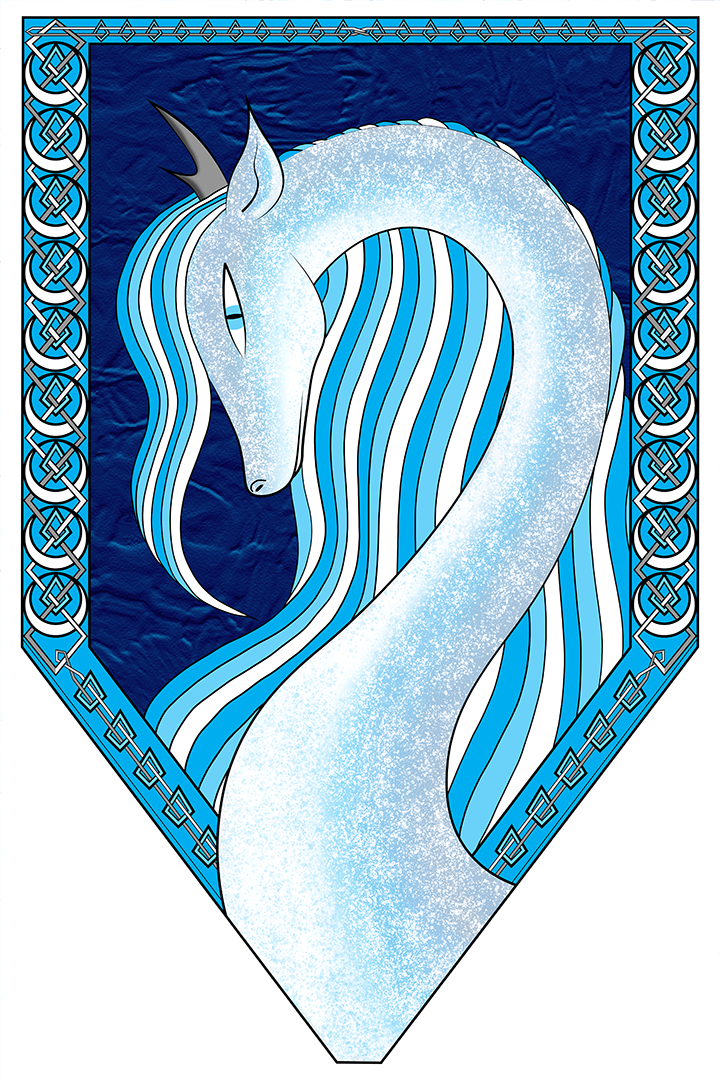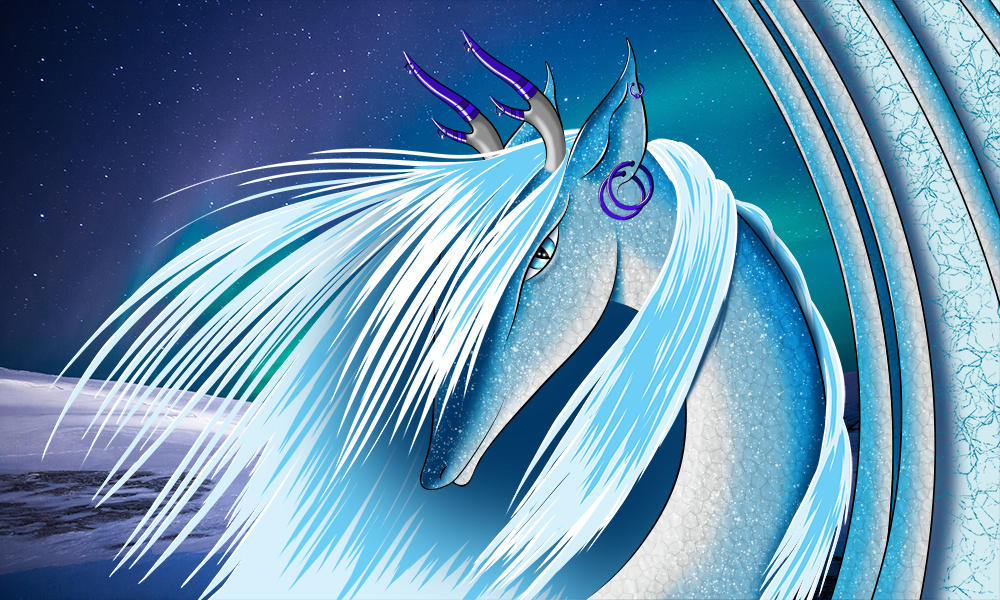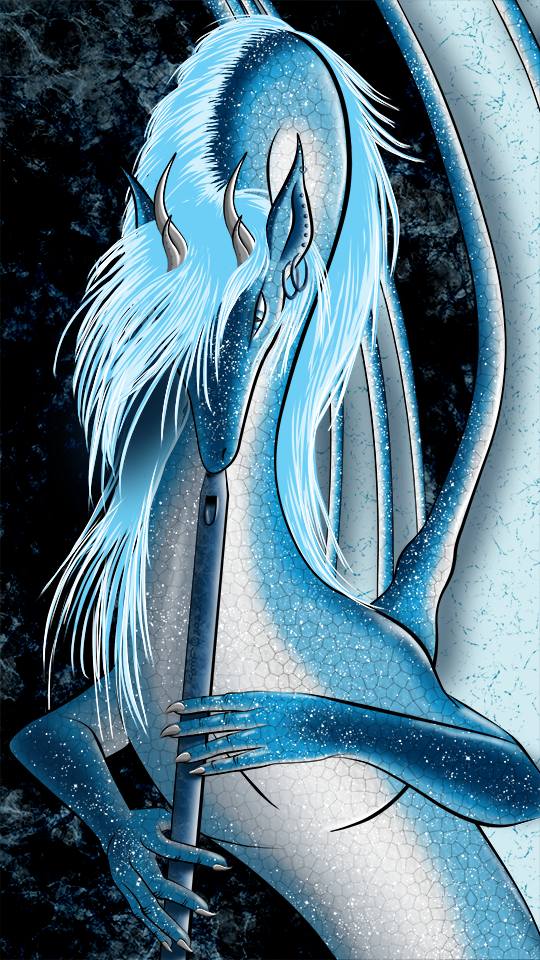Ambient track exploring sound by Lajaka
Flute piece exploring sound textures
Rorque's original recorder holds a place of honor in the Ice Temple. From time to time, it still flashes with magick, which Lajaka renews.
How many actually received instruction from either Rorque or Lajaka is unknown; most interacted with the dragonpriests and returned home without an audience. To cover for their disappointment and embarrassment, they told wild stories about the dragon and his master and their training that few believed but all enjoyed.
The nature of the elite Rastem education is still considered a secret, and only the most gifted individuals in both magick and music or magick and dance are allowed into the program.
What is known, is that the graduates can use their magick as an instrument, creating unworldly sounds.
Rastem
In 1110 AGI, an unassuming, magickally-gifted man by the name of Rorque chose to enter the Abyss and vie to become a dragon companion. In the course of his wanderings through the myriad of tunnels beneath Majari, he stumbled upon dragonpriests in musical practice. A bit flustered, they asked him to join them, and he accepted.
Much to their shock, he withdrew a wooden flute from his pack. The sweetest notes issued from it, and the priests quizzed him on how he had carved, then imbued the instrument with magick. He had spent his youth practicing magick and the flute, and experimented with different methods, woods, metals, mouthpieces and the like, enhanced by spells he created to produce the warmest, sweetest tones.
Enchanted, Lajaka awaited his bonding to the Ice Wand before jumping him and peppering him with questions about technique, while he was still wobbly and numb from the trial. The first few weeks, rather than the typical tour of the dragon companion's native lands and dinners with kings, queens, and high nobles, they remained at the Abyss, discussing the art of the flute.
When they reappeared to the general public, they announced a new performing arts school called the Rastem.
Seeing an opportunity, thousands from across Seari flocked to the Abyss, hoping to gain admittance. New communities sprang up around the Abyss to hold the overflow of candidates, and the lair's dragonpriests frantically scraped together food, shelter, and exam times for all involved.
The entrance exams taxed even the most naturally gifted, and several prominent wielders, musicians and dancers failed the trials in a spectacular and embarrassing manner. Lajaka despised the mystery artists who believed squawking like a dying duck or flopping around like a grounded fish somehow qualified them for entry, and his biting rebukes proved harsh enough some lost their valuable social standing over it.
Those who failed had the option to study with dragonpriests, and some grudgingly did so. The rest left the Abyss. The initial six successful candidates, from random Seari countries, began a difficult study that took seven years to complete.
Those initial six took what they learned and began their own performing arts schools. They became the funnel to the Rastem; dragonpriests only accepted applications from serious candidates who had already trained at those schools. While several hundred musicians and dancers still sought educational opportunities at the Abyss, they worked solely with dragonpriests; only the Rastem students trained with Rorque and Lajaka.
Dragon and companion continued to accept only a handful into their training each year. When Rorque died, Lajaka refused to take more students and the interest in musical education at the Abyss subsided, though did not disappear. Only the destruction of the dragonpriests by religious fanatics halted the instruction. Once the only non-dangerous way to contact Lajaka disappeared, traffic to the Abyss dwindled to pilgrims and the stray tourist.











Great article with some very cool art! That banner looks like something that would fit quite well in the real world heraldry. Interesting concept of a musical dragon always nice to see them as something else than just brutes ^^
Thank you! I'm glad you like the banner. And yeah, dragons are not just brutes in my Wellspring series. Real dragons are much more than claws and teeth, as juxtaposed against their mythic violence. The peoples of Seari don't really like real dragons that much, because they break comfortable stereotypes.